#Eka Infra Consultants
Text
What is included in construction management services?
Construction management services encompass a wide range of activities aimed at overseeing and facilitating the successful completion of a construction project. These services typically include:

Project Planning: This involves developing a comprehensive plan for the construction project, including scheduling, budgeting, and resource allocation.
Budgeting and Cost Management: Construction managers help establish project budgets, track expenses, and manage costs throughout the project lifecycle.
Scheduling: Construction managers create and maintain project schedules, ensuring that tasks are completed on time and within budget.
Procurement: This involves sourcing and acquiring materials, equipment, and subcontractor services necessary for the project.
Resource Management: We need deploy the specific skill manpower and also identify the specific equipment for specific work, which results in speedy construction within the timelines which ultimately results in cost saving.
Contract Negotiation and Administration: Construction managers assist in negotiating contracts with vendors, subcontractors, and suppliers, as well as administering these contracts throughout the project.
Claims Management: Effective construction management is to manage genuine claims which need to be addressed at an appropriate time so that ultimate cost and timelines are intact.
Quality Control and Assurance: Construction managers oversee the quality of workmanship and materials to ensure that the project meets specified standards and regulations.
Risk Management: Identifying potential risks to the project and implementing strategies to mitigate them, such as insurance coverage and contingency planning.
Safety Management: Ensuring compliance with health and safety regulations on the construction site and implementing safety protocols to prevent accidents and injuries.
Communication and Coordination: Facilitating effective communication among project stakeholders, including architects, engineers, contractors, and clients, to ensure everyone is aligned and informed throughout the project.
Change Management: Managing changes to the project scope, schedule, and budget while minimizing disruptions and maintaining project objectives.
Documentation and Reporting: Keeping detailed records of project progress, expenditures, and decisions, and providing regular reports to stakeholders.
Closeout and Handover: Facilitating the completion of the project, including final inspections, obtaining necessary permits, and ensuring a smooth transition to the client or end-user.
Overall, construction management services aim to streamline the construction process, minimize risks, and ensure that projects are completed efficiently, on time, and within budget.
0 notes
Text
What are some of the impacts of floating structures to the marine environment?
Floating structures offer potential benefits like renewable energy generation and increased living space, they can also have various impacts on the marine environment. Here are some key points to consider:
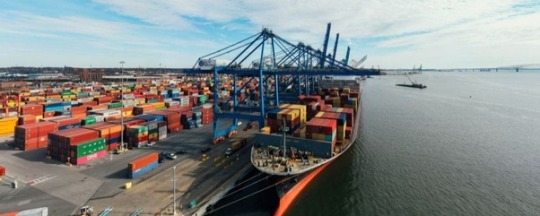
1] Potential positive impacts:
Adaptability to rising sea levels: Since floating structures can adapt to rising sea levels unlike fixed structures, expensive modifications required to fixed structures to adjust to changes in sea level and corresponding carbon footprint can be avoided.
Sustainable “Land” creation: In bustling coastal cities such as Mumbai, the creation of land involves reclamation which in turn means dredging at some other location. Both dredging and reclamation have significant and non-reversible impacts on marine life (flora & fauna). Further, the marine environment is also impacted such as changes in current flows and strengths that impact existing marine facilities. Using floating structures to create artificial “land” can overcome these issues.
Relocation Ability: Unlike fixed structures, floating structures can be relocated to different locations depending on business case or project requirements.
Floating windfarms: Noise from windfarms on land can impact the quality of life for populations in nearby locations. Floating wind farms that can be located further away from population centres can avoid this situation.
Floating Data Centres: Floating data centres have a lower carbon footprint as surrounding water can be used for cooling purposes thereby reducing energy consumption.
Habitat creation: In some cases, floating structures can create new habitats for certain marine organisms, such as barnacles and mussels, that colonize the submerged parts of the floating structure.
Renewable energy: Floating structures can be used to support offshore wind farms and other renewable energy sources, reducing reliance on fossil fuels and their associated environmental impacts.
2] Potential negative impacts:
2.1) Physical impact:
Habitat disruption: Floating structures have the potential to cast shadows, decrease light penetration, and impact the growth of underwater plants and organisms that utilize photosynthesis.
Sedimentation: Structures have the potential to alter water flow patterns, resulting in increased sedimentation in certain areas, which could potentially overtake benthic organisms and have an impact on delicate ecosystems. However, reclamation has much more serious impacts as compared to floating structures.
Collision risks: Floating structures can create collision risks for marine animals, such as fish, whales, and sea turtles, depending on their size and location.
2.2) Chemical impact:
Pollution: Accidental discharges from offshore structures, such as antifouling paints, lubricants, and sewage, from drilling platforms can pollute the surrounding water, harming marine life. However, floating structures are designed and built to Classification Society Rules and need to comply to MARPOL Regulations to prevent marine pollution.
Noise pollution: Construction and operation of industrial floating structures can generate noise that can disrupt the communication and behaviour of marine animals.
2.3) Biological impact:
Introduction of invasive species: Structures can be a stepping stone for invasive species to establish themselves in new areas, which can disrupt local ecosystems.
Artificial reefs: Structures can attract certain fish species, but they may not offer the same ecological complexity and functionality as natural reefs.
Overall, the impact of floating structures on the marine environment depends on various factors, including the size, type, location, and operation of the structure. Careful planning, environmental impact assessments, and mitigation measures are crucial to minimize negative impacts and maximize potential benefits.
Here are some additional points to consider:
For floating structures that have long-term ecological impacts, more studies are needed to fully understand their potential consequences, as research is still ongoing.
Implementing sustainable practices, such as using eco-friendly materials and adopting responsible waste management strategies, can help minimize the environmental footprint of floating structures.
It's important to weigh both the potential benefits and drawbacks of floating structures when considering their development and implementation in the marine environment.
0 notes
Text
Pre-engineered Building – The Steel Revolution
0 notes
Link
The Government of India is focused on boosting the performance of the country’s logistics sector. One effective way of doing this is of course leveraging the country’s 7,500 km-long coastline, 14,500 km of potentially navigable waterways and the multiple strategic locations that are already present along key international maritime trade routes. In keeping with this ambition, the ‘Sagarmala’ project was envisioned and initiated. The project, launched in 2015, aims to accelerate port-led infrastructure development in the country. Along the way, it expects to create 1 crore new jobs (including 40 lakh direct jobs) over the next 10 years. The project has a unique approach in that it that integrates various projects that are usually stand-alone. These projects cover port connectivity, freight expressways, new pipelines for transporting crude and petroleum products, inland waterways, multi-modal logistics hubs and coastal community development. The Sagarmala programme seeks to unlock the huge potential inherent in India’s waterways and coastline to minimize infrastructure investments that still meet the target.
0 notes
Link
Eka infra is an infrastructure consultant in India that expertise in all infrastructure development. Our objective is to provide expertise in infrastructure in new ways in which technology and engineering consulting services to our clients. Eka infra provides development of high quality infrastructure to support economic development across India. Our expertise includes concept planning, through project development and construction to operation, we are committed to enable clients to conceptualize the requirement, understand and mitigate the inherit risks before we help them deliver innovative designs, implement efficient delivery and then ensure it operates as planned.
1 note
·
View note
Photo

Eka Infra is one the leading feasibility study consultants in India. For more details, visit us at https://ekainfra.com/feasibility-study-consultants-India/
0 notes
Text
INDIA-THE MOST PREFERRED EMERGING MARKET
0 notes
Text
0 notes
Text
#Cultivating Collaboration#Early Contractor Involvement#construction projects#Benefits Of Early Contractor Involvement In Construction Projects#Eka Infra Consultants
0 notes
Text
The Bureau of Indian Standards released IS 17893:2023 – Work Permit System — Code of Practice in June 2023. This Standard was adopted by the BIS after the draft finalized by the Chemical Hazards Sectional Committee had been approved by the Chemical Division Council.
The purpose of this standard is to establish a systematic method to identify potential hazards and outline the necessary precautions to establish safe working conditions for carrying out any work and this standard provides guidance for preparation of work permit for work areas whose activities are restrictive in nature such as ‘cold work’, ‘hot work’, ‘electrical Work’, ‘height Work’ etc.
0 notes
Text
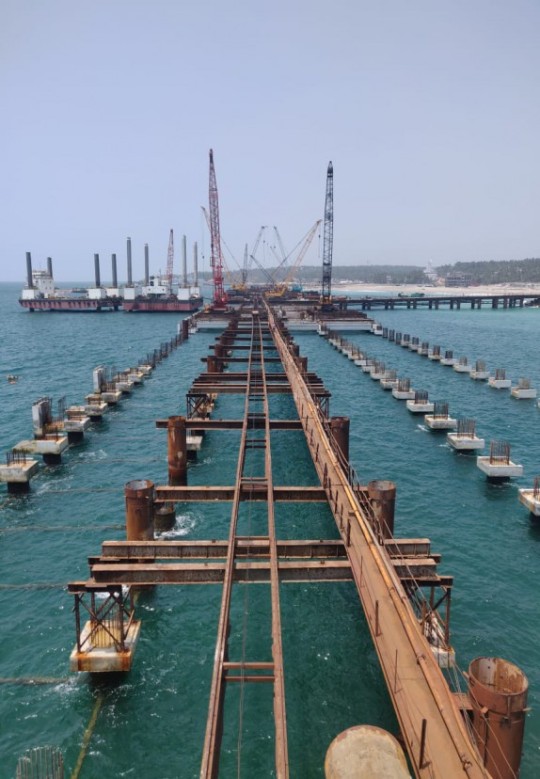
Validation of Aids to Navigation for Vizhinjam Port, Kerala
Read More: https://www.ekainfra.com/validation-of-aids-to-navigation-for-vizhinjam-port/
0 notes
Text
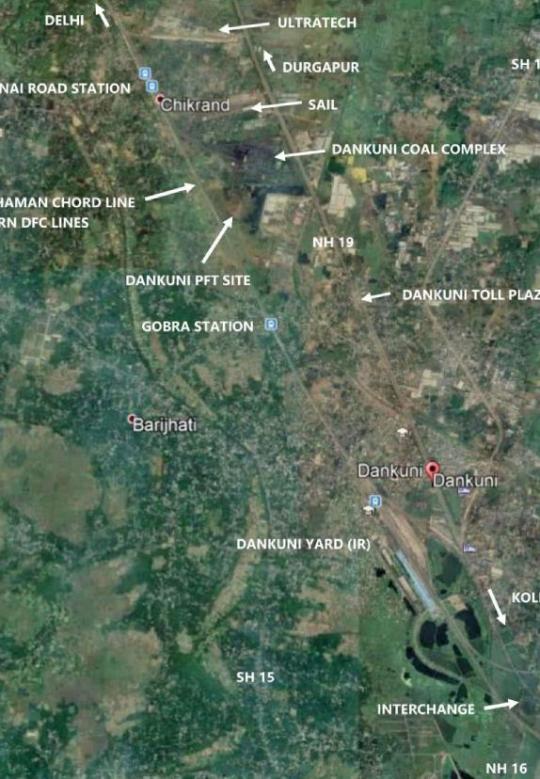
Technical Pre-Feasibility Study for Dankuni Private Freight Terminal
Read More: https://www.ekainfra.com/technical-pre-feasibility-study-for-private-freight-terminal/
0 notes
Text
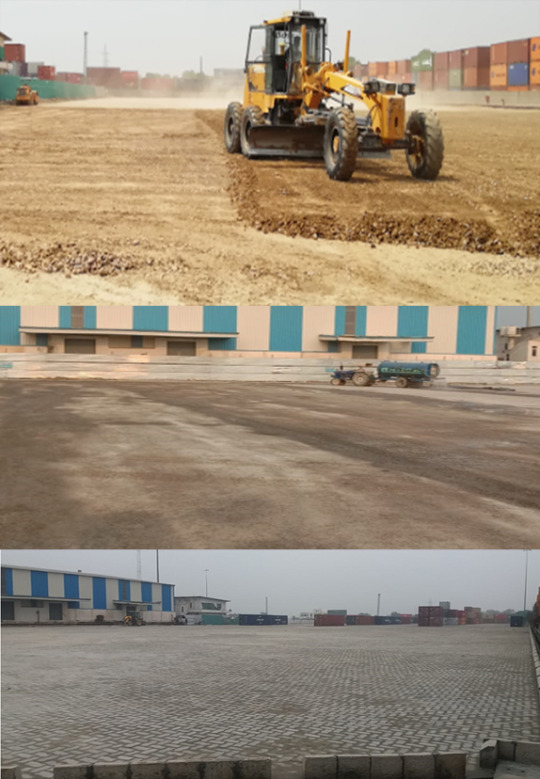
REFURBISHMENT OF PAVEMENT AND ASSOCIATED WORKS – ICD, PANIPAT REFURBISHMENT OF PAVEMENT AND ASSOCIATED WORKS - ICD, PANIPAT
Read More: https://www.ekainfra.com/refurbishment-of-pavement-and-associated-works/
0 notes
Text
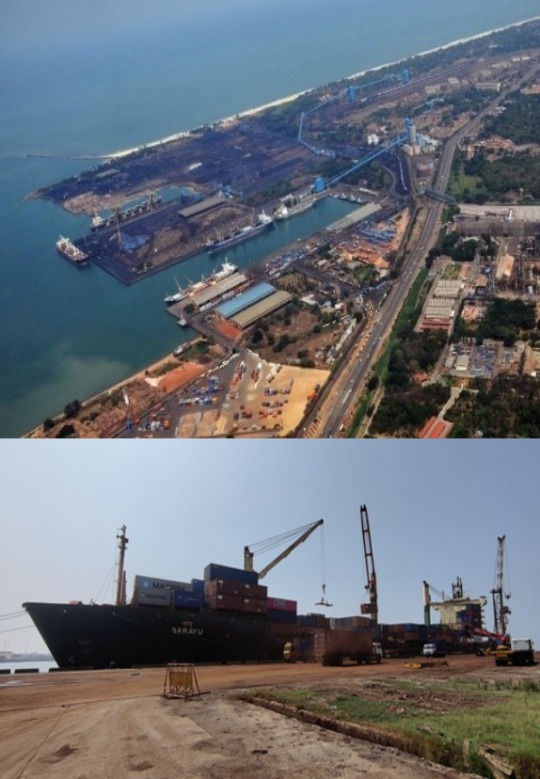
LIE SERVICES FOR JSW MANGALORE LIE SERVICES FOR JSW MANGALORE CONTAINER TERMINAL
Read More: https://www.ekainfra.com/lie-services-for-jsw-mangalore-container-terminal/
0 notes
Text
QUAY PIONEERING FOR NEW BULK TERMINAL PHASE II IN AFRICA QUAY PIONEERING FOR NEW BULK TERMINAL PHASE II IN AFRICA
0 notes
Text
Financial & Transaction Advisory services For Operationalization of Additional Liquid Cargo Berths LB3 and LB4 at JNPT
0 notes